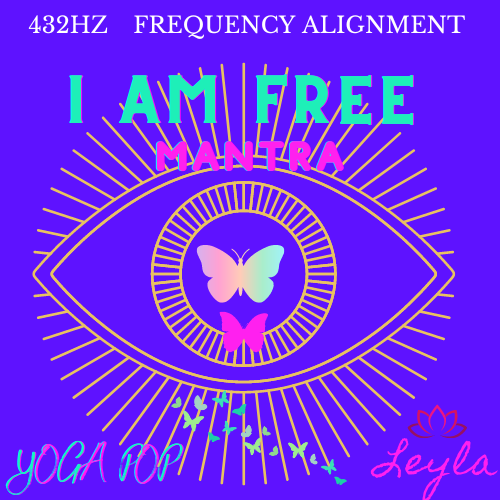In a short article by The Underground Music Reportmusic therapist Molly Warren recounts the successes of her work in a psychiatric hospital and residential treatment center, noting how many patients are enthusiastic about “expressing themselves and experiencing safety, peace and comfort”. that music offers:
“Research shows the benefits of music therapy for a variety of mental health conditions, including depression, trauma, and schizophrenia (to name a few). Music acts as a way to process emotions, trauma and grief, but music can also be used as a regulating or calming agent for anxiety or dysregulation.
Kathy Brous, in her Don’t try this alone blog, goes deeper into neuroscience explaining the salutary effect of music – and other rhythmic activities – on the body-mind. She quotes Dr. Bruce Perry, a psychiatrist and childhood trauma expert, who says that repetitive and structured activity is essential to help reduce the high stress levels of traumatized people:
“He and other trauma experts are reporting groundbreaking success with treatments using yoga, meditation, deep breathing, singing, dancing, drumming and more.
These principles are so fundamental to our brain that they date back to the dawn of man; the Vedas were chanted before 5000 BC (probably with yoga and meditation). My book describes how yoga chanting and meditation saved my life in 2010, before I even read a word about brain science.
A California county is trying to cancel such programs, insisting on cognitive behavioral therapy (CBT) that relies on the thinking brain. But Perry and many experts say talk therapy alone can re-traumatize trauma survivors. . .
Brain stem rules
“The brain organizes from the bottom up, with the lower parts of the brain (brainstem/diencephalon aka ‘survival brain’) developing earliest, the cortical areas (thinking brain) much later,” Perry explains. “The majority of brain organization takes place during the first four years.
“Because this is when the brain makes the majority of its ‘primary’ associations…trauma and early developmental neglect have a disproportionate influence on brain organization and later brain function…When a child has suffered chronic threats, the brain exists in a persistent state of fear…and the lower parts of the brain harbor maladaptive, influential, and terrifying preconscious memories…”
“People with developmental trauma can begin to feel so threatened that they go into a state of fight-flight alarm and the upper parts of the brain shut down,” says Perry. “First, the stress chemicals shut down their frontal cortex (thinking brain). Now they can’t think physically. Ask them to think and you’ll only make them more anxious.
“Then the emotional brain (limbic brain) shuts down. They have attachment trauma, so people in itself appear threatening; they receive no reward from emotional or relational interaction.
“The only part of the brain that still functions is the most primitive: the brainstem and the cerebellum of the diencephalon. If you want a person to use relational reward or cortical thinking, those lower parts of the brain have to be regulated first,” Perry concludes.
. . . “The only way to move from these very high anxiety states to calmer cognitive states is rhythm,’ he says. “Repetitive rhythmic patterned activity: walking, running, dancing, singing, repetitive meditative breathing – you use brainstem-linked somatosensory networks that make your brain accessible to relational reward (limbic brain) and cortical thinking.
“Cognitive-behavioral therapy (CBT) is great if you have a developed frontal cortex, but we’re talking about a five-year-old who’s so scared of dying most of the time that he’s shut down his frontal cortex because he just saw his mom get shot,” Perry told an audience of therapists. “You’re going to do 20 sessions of CBT and expect changes? That’s a fantasy.
. . . “One of the most powerful sets of associations created in utero is the association between repetitive rhythmic activity from the maternal heartbeat and all neural patterns of activity associated with not being hungry, not thirsty, and feeling “safe” (in the uterus).
“A patterned, repetitive, rhythmic somatosensory activity…provokes a sense of security. The rhythm is regulating. All cultures have some form of repetitive, patterned rhythmic activity as part of their healing and mourning rituals – dancing, drumming and rocking.

***
Back to Around the Web
 AD Roberts
AD Roberts



